Contents
Process of communication:
According to Shannon and Weaver, it consists of the following components or elements of Process of communication:
- Sender – One who send message.
- Message – What is conveyed by the sender?
- Encoding – Words, symbols, gestures etc. by which the message is transmitted.
- Receiver – Who receives the message? Listener, reader or observer.
- Decoding – The process of understanding or interpreting by the receiver.
Feedback – Means reply, response or acknowledgement of the receiver that he has understood the message. It may be by words, actions or expressions. When the sender receives such feedback, the process of communication becomes complete.
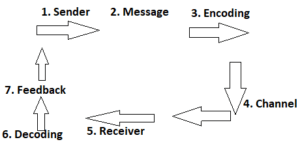
Nature process of Communication
- It is a continuous process. Its stoppage means stoppage of human activity.
- It is a two way process between sender and receiver,
- It creates mutual understanding and human relation.
- It is a pervasive function i.e. required in all managerial functions.
CLICK HERE FOR ? SAFETY PLAN
Types of Channel and Media Communication:
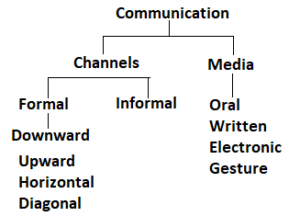
A communication channel is a route through which massages flow from the sender to the receiver. It is either formal or informal. Formal (planned or systematic) communication may flow in downward, upward, horizontal or diagonal direction and creates communication networks.
Informal i.e. unofficial or inter-personal (unplanned and need base) communication flows in all directions and therefore it is called structure less or grapevine. Type of communication media are oral, written or gesture i.e. implied or posture.
CLICK HERE FOR ? EMERGENCY RESPONCE PLAN
Their differences are shown below:
| No. | Formal Communication | Informal Communication |
| 1. | Official Channel. | Unofficial Channel. |
| 2. | Intentional, deliberate, planned or systematic | Interpersonal, unplanned or spontaneous. |
| 3. | Impersonal. | Personal and Social |
| 4. | Slow and structured. | Fast and unstructured. |
| 5. | Stable and rigid. | Flexible and unstable. |
| 6. | Oriented towards goals and tasks. | Directed towards goals and need satisfaction. |
| 7. | Part of organisation structure. | Cuts across formal relationship. |
| No. | Downward Communication | Upward Communication |
| 1. | From higher to lower level. | From lower to higher level. |
| 2. | Flows downward and fast. | Flows upward and slow. |
| 3. | Directive in nature. | Non-directive. |
| 4. | Purpose is to get plans implemented. | Purpose is to provide feed-back on performance or to ask something. |
| 5. | Examples: Orders, instructions, lectures, manuals, handbooks etc. | Example: Reports, queries, suggestions, appeals, protests, grievances, surveys etc. |
| No. | Oral Communication | Written Communication |
| 1. | Generally informed. | Generally formal. |
| 2. | Involves talking and listening. | Involves writing and reading. |
| 3. | Feedback is quick and instantaneous. | Feedback is delayed due to time of transmission. |
| 4. | Economical. | Expensive and stable. |
| 5. | Flexible and faster. | Rigid, slow and elaborate. |
| 6. | Suitable for short messages. | Suitable for lengthy and organised messages. |
| 7. | No permanent record. Hear and forget. Recording is possible. | Authentic and credible record is possible. |
| 8. | Examples: Face to face talk, group meeting, phone etc. | Examples: letters, memos, CDs, handbook, manuals, reports, Email, etc. |
| Oral | Written |
| Downward Communications | |
| Personal instructions, lectures, meeting, conferences, interviews, employee counselling, bells, whistles, telephone, movies, slides, public address system (PAS), social and cultural gathering, union activities. | Order and instructions, letters, email, circulars, bulletin, house organs, handbooks, CDs, manuals, annual reports, policy statements, union publications, informational racks. |
| Oral | Written |
| Upward Communications | |
| Face to face talk, oral report, exit interviews, phone, meetings, and conferences, social and cultural affairs. | Personal letters, email, written reports, CDs, suggestion scheme, grievance procedure, surveys, union publications. |
| Oral | Written |
| Horizontal Communications | |
| Lectures, talks, meeting and conferences, phone and intercom, movies and slides, social affairs, union activities. | Letters and memos, reports, carbons, graphs, posters, bulletin, handbooks, manuals, house organs, union publications, Email. |
| Oral | Written |
| Diagonal Communications | |
| Inter-departmental oral inquiry, talks and meetings, phone and intercom to other department, social gatherings of mixed groups. | Inter-departmental letters, memos, reports, suggestions, objections, Email etc. |
Tools of Communication: They are the means through which information is communicated. They can be classified as under:
- Oral (Verbal): Personal contact, talk, phone, meetings, audio, video etc.
- Written: Letters, circulars, memos, reports, notices, handbooks, manuals, booklets, magazines, bulletins, Email etc.
- Visual: Newsreel, film, video, play, posters, pictures, boards etc.
- Informal: Casual or incidental talk, meetings etc.
CLICK HERE FOR ? HIRA
Barriers to Communication:
Despite of growth in communication system and modem electronic media, it may fail due to following barriers or obstacles.
- Incomplete, ambiguous or badly expressed message.
- Absence of clarity of thought.
- Absence of brevity and exactness, unwanted length, words, repetitions, over elaboration etc.
- Timeliness i.e. the message does not reach in time
- Lack of attention by the receivers.
- Organizational barrier – scalar chain of command, filtering of message, discouragement to informal communication, excessive control etc.
- Status barrier – Subordinate has feared to report everything to superior and may hide unpleasant facts.
- Perceptual barrier – Receiver may pay attention only on that part where he has interest or liking and may underrate or filter the message.
- Information overload – Due to overload work, managers may ignore some message, may forget to inform some people or may send incomplete message.
- Premature evaluation – The receiver evaluates the message before getting complete information i.e. he derives premature conclusion.
- Channel distortion – Physical, Mechanical or electronic disturbance or miss-transmission due to channel distortion
- Improper order of information.
- Improper selection of medium.
- Emotional or sentimental messages.
- Change of meaning during transmission.
- Unwanted assumptions either by sender or receiver or both.
CLICK HERE FOR ? SAFETY TRAINING
Essentials of Effective Process Communication
Rules, principles or guidelines of effective communication or the measures to overcome its barriers are as under:
- Message should be clear, complete, and unambiguous and expressed properly.
- Information should be in proper order/sequence.
- Medium should be proper and effective
- Channel should be sound and undistorted.
- Clarity – There should be clarity of thought.
- Brevity – Message should be brief, precise and perfect. Meaningless words, repetitions, and excessive details should be avoided.
- Timeliness – Message should reach in lime.
- Compassion – Sender should be aware of level of understanding and background of the receiver.
- Integrity – Message must be consistent with objectives, policies and programmes. Action and behaviour of the sender should support his message.
- Feedback – There should be follow up action (if necessary) to get feedback.
- Careful listening by the receiver is necessary.
- Strategic use of grapevine – The sender should try to fill up gaps in formal communication by strategic use of informal channel.
- Create a climate of faith, trust and good human relations to make the communication effective and respectful.
- Communication should be purposeful, at proper speed, sound and with synchronizing.
- Line of communication (reporting) should be clear.
- Evaluation of communication system is useful for improvement.
CLICK HERE FOR ? SAFE WORKING LOAD

First a sender passes information to a receiver. He then gives feedback to the sender, if it is not as per expectation (correct), the sender supplies adjusted information to the receiver.
Then clear understanding takes place between them and in both the ways. Thus two-way communication (with correct feedback) is the effective communication.
Ask the audience whether they have understood what you have explained. Get their feedback point or topic wise and then proceed further. One way transmission may go overhead. Therefore involve the listeners, ask questions, opinions and make the, atmosphere live.
First assess the needs, concerns, problems, age-group, and levels of knowledge and experience of the participants and select the media and method accordingly. Effective listening steps are sensing, interpreting, evaluating and responding (feedback).
Group discussion, practical, assignment etc. are good programmes of two-way communication.
In two-way communication feedback is required which is not possible without good listening. Factors of good listening are
- Step talking and thinking other subject.
- Emphasize.
- Maintain eye-contact.
- Share responsibility for communication and
- Clarify and interrogate if not understood. Two way communications is a key of success.
CLICK HERE FOR ? HSE INTERVIEW QUESTIONS
Process communication and group Dynamics:
Keith Davis defines “Group Dynamics” as the social process by which people interact face to face in small groups.
Group dynamics is the study of forces operating within a group. It is the study of field that deals with:
- Interactions and forces between group members in a social situation
- The nature and development of small groups
- Interactions among members and inter group behaviour
- How a group should be organized and Operated and
- Nature, Structure and processes of a group, and their influence on the behaviour and performance of group members.
The assumptions underlying the study of group dynamics are as under:
- Groups are inevitable and ubiquitous.
- Groups can produce both good and bad consequences.
- Desirable consequences from groups can obtained through correct understanding of groups and their functioning.
- Groups mobilize powerful sources that produce effects of utmost importance to individuals.
Kurt Lewin is considered to be the founder o group dynamics principle in management.
Group formation is a natural process everywhere, at home and at all work places. In industry the groups of workers does exist. By effective communication, they should be motivated for safety.
Instead of breaking their internal strength and informal relationship, it should be diverted to achieve organizational goals. Group training programmed, group tour, group committee, group participation, group incentive and group targets can be organized by appropriate channels and tools of communication.
CLICK HERE FOR ? GRINDING SAFETY
Utmost care is required while addressing a group. Their dynamic strength should be well assessed and moulded by communication as desired
Barry M. Staw suggests following steps to utilize groups to enhance satisfaction and performance
- Organizing work around intact groups.
- Having groups charged with selection, training and rewarding of members.
- Using groups to enforce strong norms for on-the-job and off-the-job group behavior.
- Distributing resources on a group rather than on an individual basis, and
- Allowing and perhaps even promoting intergroup rivalry (competition) so as to build within-group solidarity.
The groups perform tour functions of:
- Socializing the new employees
- Getting he work done
- Decision making and
- Control measures. .
Group dynamics states the following characteristics of a group
- Structure – Each member occupies a position in the group depending on his status, power, experience, aggressiveness etc. Leadership is a Special status.
- Roles – Depending on the position, the 1embers perform three types of roles: expected role perceived role and enacted the role
- Norms – mean prescriptions for acceptable behavior determined by the group
- Informal managerial roles – Managers can perform three types of roles (1) Interpersonal roles as a figurehead, leader and liaison officer (2) Informational roles as disseminator, monitor and spokesperson (3) Decisional roles as entrepreneur, disturbance handler resource allocate and negotiator (Henry Mintzberg.
- Informal communication system – or grapevine communications in all directions hold be utilized to attain objectives.
Supervisors’ good behavior with their workers, informal relations and taking interest in their personal matters and paying constant attention for their individual growth, give desired results.
Such behavior is much more useful to make the worker’s safety oriented Sympathetic and fatherly behavior is the best form of the communication process. Group dynamics should not disintegrate the organization, rather it should strengthen integration.
Art of communication should be developed for this purpose by giving special training to the superiors.
CLICK HERE FOR ? EXCAVATION SAFETY
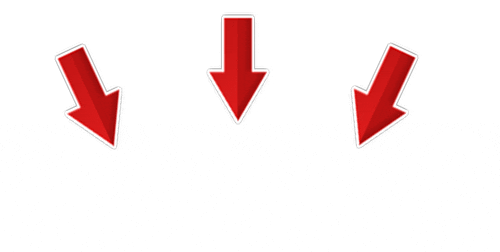



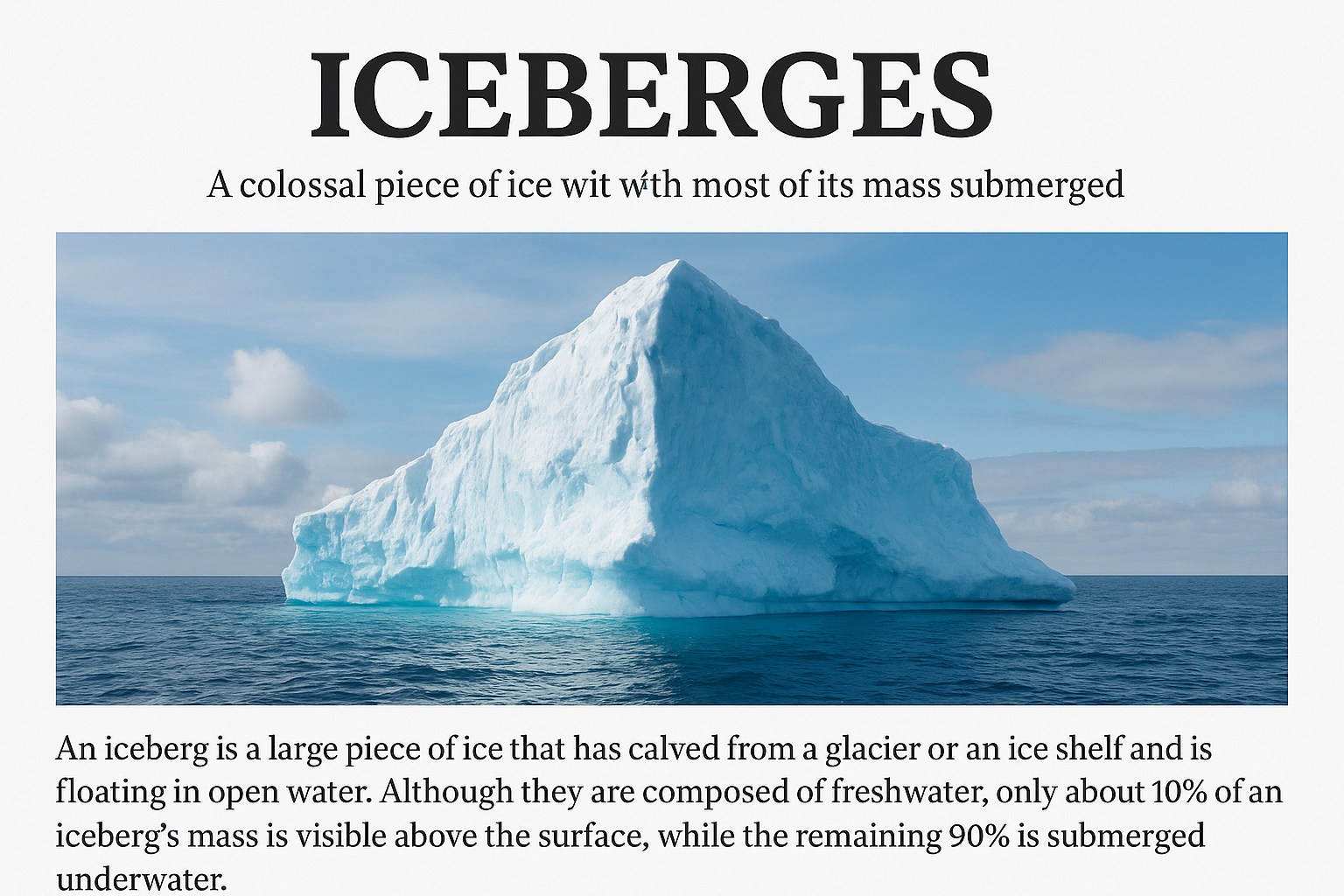
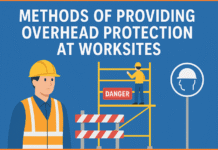
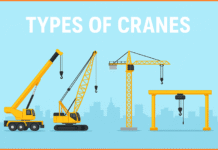
How to prepare HSE Policy